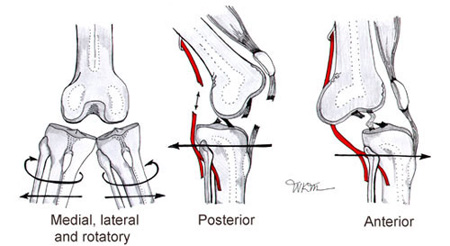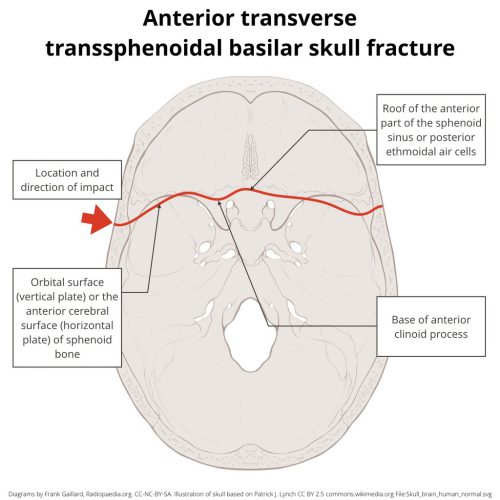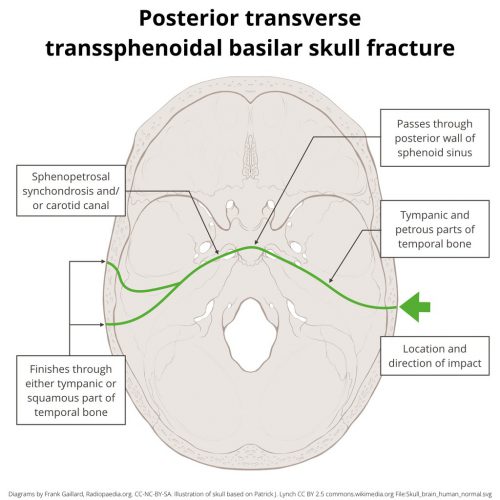In my last post, I discussed how often your multidisciplinary trauma performance improvement committee (PI) should meet. As you know, one other mandatory committee is required of all trauma centers, the Trauma Operations Committee (Ops). In this post, I will:
- describe how often your operations committee should meet
- help you determine whether your two committees should meet on the same day or separately
How Often?
The short answer to this question is practically the same as for your PI committee, “it depends.” Whereas the PI committee schedule is determined more by the volume of your performance improvement activity, your ops committee is driven by its agenda.
First, look at what items are on your typical agenda:
- Reports
- Announcements
- Policy discussion and revision
- Marketing and outreach planning
- TQIP report analysis
- System issue analysis
- Workgroup reports
- Other stuff
Now, think back to your previous meetings. Do you sometimes have to cancel due to a lack of agenda items? Do you struggle to keep to the time allotted and frequently go over it? These are your biggest clues that let you know that you need to adjust the meeting frequency,
In general, your ops committee frequency is reasonably predictable from your trauma center level:
- Level I – monthly
- Moderate to high volume Level II – monthly
- Lower volume Level II – bimonthly
- Level III – bimonthly to quarterly
- Level IV – quarterly
However, the agenda is really what drives meeting frequency. If you have a very active ops committee or are a “young” trauma center, this group may be very busy and need to meet more frequently than this. Base your final decision on your level of “busyness.”
To Combine Or Not Combine?
Combining your PI and Ops committee meetings has several pros and cons.
Pros:
- Decreases the number of meetings for everybody by one
- Easier scheduling for attendees and venue
- Consolidates agenda planning for the trauma admin team
Cons:
- May lead to loooong meetings
- Frequently results in a less predictable start time for the second meeting
- Requires extra administrative effort to maintain separate minutes and content
- Often involves required attendees changing between meetings
Consider the logistics and personalities involved in your committees carefully. Do the attendees value shorter meetings with a predictable start time? Or do they just want to power through and take care of all of the business at hand?
Bottom line: First, determine the ideal frequency for your operations committee meeting. Is it the same as your PI committee? If so, consider combining them. If not, you will probably be forced to live with separate meetings. It is possible, however, to be creative. Consider a monthly PI meeting combined with the Ops meeting every other month.
What is the usual combined duration of the two meetings? If it is more than 2 hours, I recommend not combining them. That is just too long for your attendees to stay focused. If you can combine them, then look at the specific attendees for each meeting. Are they mostly the same? If they are, you are more likely to be successful when combining them. Reach out to your attendees to see if they would welcome a single meeting date and time. But warn them that it will routinely be 1.5 to 2 hours in length.
Now, plan your agendas carefully. If you have a substantial number of attendee changes between meetings, figure out how people will know when to show up for the second. It is easiest to have the smaller meeting first, and then add attendees when the second one starts. As for timing, there are two choices: always make each meeting a fixed length, or limit your first meeting to an exact length and allow the second to start at a fixed time and have a variable duration.
Finally, make sure the contents and minutes of the two meetings are separate. This keeps your documentation clean and easier to follow.




